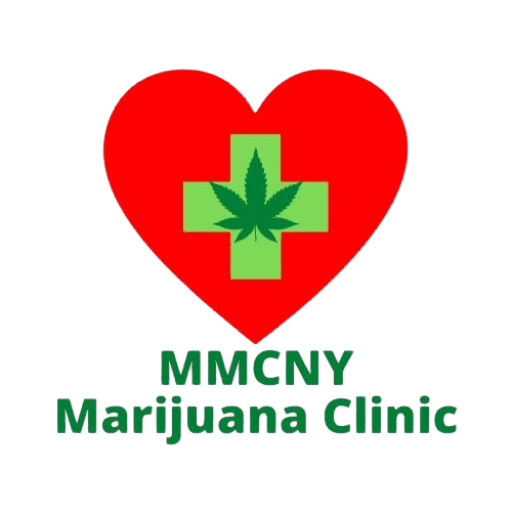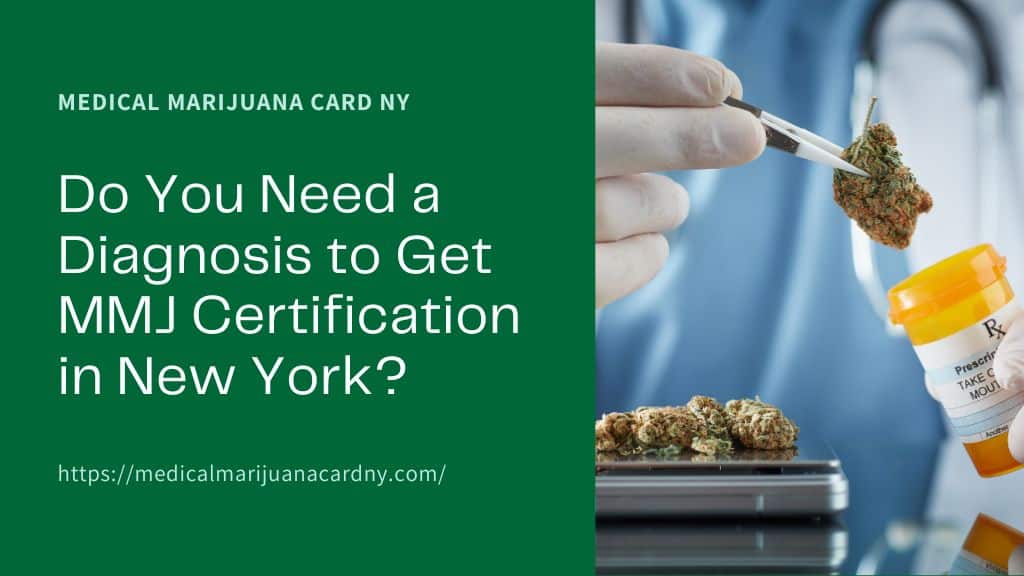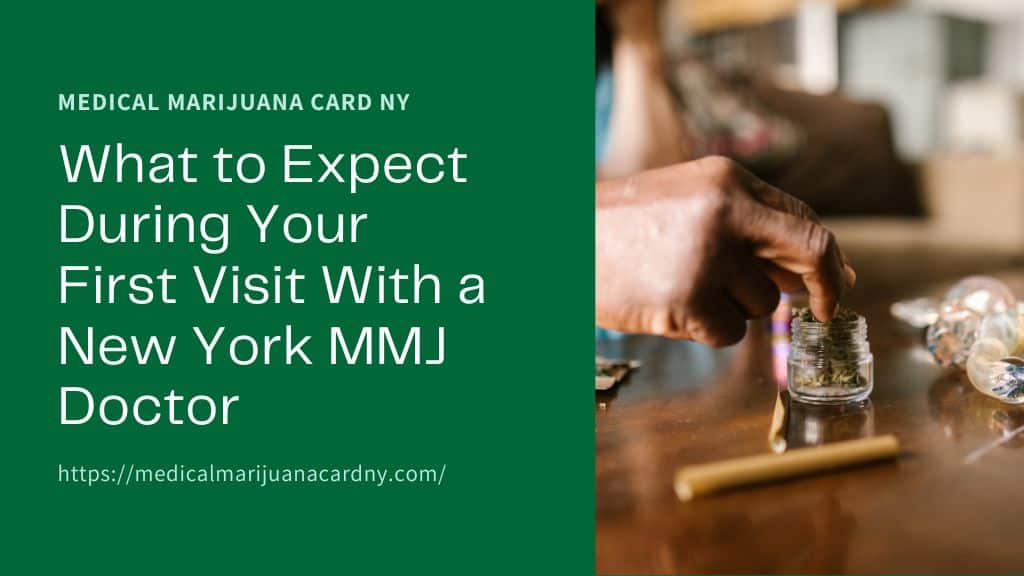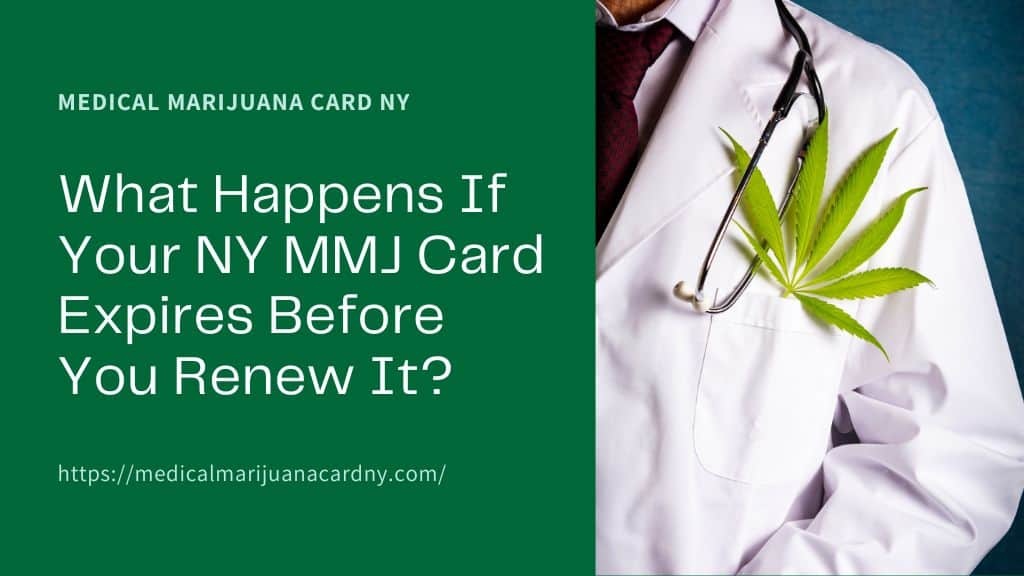In New York, the intersection of driving laws and medical marijuana use presents a complex landscape that demands careful navigation. As the state continues to adjust its stance on medical cannabis, understanding how these laws affect patients is crucial. New York enforces strict regulations to ensure road safety, making it illegal to drive under the influence of marijuana, even if it’s prescribed for medical purposes.
However, the state also recognizes the importance of medical marijuana for those with qualifying conditions. With over 30,000 registered medical marijuana patients as of recent years, the necessity for clear guidelines on this matter has never been more apparent.
This guide delves into the specifics of New York’s driving laws as they pertain to medical marijuana use, outlining legal limits, enforcement practices, and the implications for patients. It aims to equip medical marijuana users with the knowledge needed to comply with the law while benefiting from their prescribed treatment.
By understanding the balance between legal requirements and medical needs, patients can make informed decisions about their treatment and driving practices. This blog is an essential read for anyone navigating the intersection of medical marijuana use and driving laws in New York, offering insights that ensure both compliance and safety.
Table of Contents
ToggleIntroduction
What are the implications of New York’s driving laws on medical marijuana users?
For those prescribed medical marijuana, it’s essential to understand that the legality of marijuana use does not exempt drivers from being charged with Driving While Ability Impaired by Drugs (DWAI). New York law does not differentiate between medical and recreational use in the context of driving.
This means that if a driver is found to be impaired by cannabis while driving, they could face serious charges, regardless of whether the marijuana was used for medicinal purposes.
The presence of Tetrahydrocannabinol (THC) in the system, detectable through blood, breath, urine, or saliva tests, can lead to a DWAI charge. Importantly, there’s no minimum THC level specified for these charges, unlike alcohol-related DUI charges, making any detectable amount potentially incriminating.
Understanding New York’s Driving Laws and Medical Marijuana
How do New York’s driving laws address medical marijuana use?
In New York, the Marijuana Regulation and Taxation Act, enacted on March 31, 2021, legalizes adult use of cannabis while establishing a comprehensive regulatory framework for medical, adult-use, and cannabinoid hemp programs.
Despite the legalization, the law strictly prohibits driving under the influence of cannabis, akin to alcohol, with specific measures against the possession or consumption of open containers of cannabis in a vehicle. Violations of these laws result in traffic infractions and impaired driving under the influence of cannabis is treated as a misdemeanor, with potential for significant legal consequences including fines and imprisonment.
What are the legal limits for driving under the influence of medical marijuana in New York?
Unlike alcohol, where a specific Blood Alcohol Concentration (BAC) level defines legal impairment, New York law does not specify a minimum THC level (the active ingredient in cannabis) to constitute driving under the influence.
This means any detectable amount of cannabis could potentially result in a charge of Driving While Ability Impaired (DWAI). The presence of THC in blood can be indicative of recent use, and regular users may have detectable levels for up to 7 days. Thus, the legal limit is effectively zero tolerance for any impairment by cannabis while driving.
Which authorities regulate and enforce driving laws related to medical marijuana use in New York?
The enforcement of driving laws related to medical marijuana in New York is primarily the responsibility of local law enforcement agencies and the New York State Police. Additionally, the Office of Cannabis Management oversees the regulation of cannabis use in general, including medical marijuana, but the direct enforcement of driving laws falls under the jurisdiction of police officers and the judicial system.
The laws are designed to prevent impaired driving and ensure public safety on the roads. When drivers are pulled over for infractions, officers assess impairment on a case-by-case basis, without relying solely on the smell of cannabis as probable cause for a vehicle search or to charge someone with DWAI.
Navigating Legal Challenges
Why Understanding the Impact of Medical Marijuana on Driving Abilities is Important
Research has shown a significant relationship between acute cannabis intoxication and impaired driving ability. Cannabis is frequently found in the blood of drivers involved in motor vehicle crashes, including fatal ones. A report from the National Academies Sciences, Engineering, and Medicine highlighted that the risk of being involved in a crash increases after cannabis use.
However, the exact role of cannabis in motor vehicle crashes can be complex due to factors like the detectable presence of the drug long after use and its varied effects on different users. Additionally, the combination of cannabis and alcohol can significantly increase the risk of collisions.
How Medical Marijuana Users Can Ensure Compliance with New York’s Driving Laws
To ensure compliance with New York’s driving laws, medical marijuana users should be aware that driving under the influence of any drug, including marijuana, is illegal and can impair driving abilities. Marijuana affects cognitive functions critical for driving, such as reaction time, coordination, and decision-making. To prevent impaired driving:
- Avoid driving after consuming marijuana.
- Use alternative transportation options if you’ve used marijuana, such as rideshare services, taxis, or having a designated driver.
- Remember that the presence of THC, the psychoactive compound in marijuana, can be difficult to correlate directly with impairment levels, but its use before driving is still risky and prohibited.
Consequences of Violating Driving Laws as a Medical Marijuana User in New York
Violating driving laws as a medical marijuana user in New York can lead to serious legal consequences. While the legal framework around medical marijuana use continues to evolve, driving while impaired by any substance, including medical marijuana, is subject to legal penalties.
These can range from fines and license suspension to imprisonment, depending on the severity of the offense. Additionally, the combined use of marijuana and alcohol not only increases impairment but also the likelihood of facing harsher penalties if involved in a traffic incident.
Best Practices for Medical Marijuana Users
Best Practices for Medical Marijuana Users to Stay Safe and Legal on the Road
Understanding the Impact of Marijuana on Driving: Marijuana use can impair critical driving skills, such as reaction time, coordination, decision-making, and the ability to perceive distances accurately. These impairments can make driving dangerous not just for the user but also for others on the road.
Avoiding Polysubstance Use: The dangers of driving increase significantly when marijuana is combined with other substances, such as alcohol. This combination can lead to greater impairment than using either substance alone, making driving even more hazardous.
Preventive Steps: Planning ahead is essential. If you intend to use marijuana, ensure you have a plan that doesn’t involve you driving. This could include designating a sober driver, using rideshare services, or staying where you are until you are sober. Also, actively discourage friends from driving under the influence of marijuana or other drugs.
How Medical Marijuana Users Can Assess Their Fitness to Drive in New York
Self-Assessment: Being self-aware is key. If you feel any effects from marijuana use, such as a slowed reaction time or difficulty concentrating, you’re likely not fit to drive. Remember, the effects of marijuana can last several hours after consumption.
Waiting Periods: After using marijuana, it’s recommended to wait a significant amount of time before deciding to drive. This waiting period can vary depending on the individual, the amount consumed, and the method of consumption (smoking vs. edibles, for example). However, general guidance suggests waiting several hours to ensure the psychoactive effects have subsided.
Seeking Professional Advice: For medical marijuana users, consulting with healthcare providers about the specific effects of their usage on driving abilities can provide personalized guidance. Professionals can offer insights based on the type, dosage, and frequency of marijuana use.
Legal Obligations: It’s also crucial to understand the legal implications of driving under the influence. Despite medical marijuana being legal in many states, driving while impaired by any substance, including medical marijuana, is illegal and can result in significant legal consequences.
The key to safe driving for medical marijuana users involves recognizing the impact of cannabis on their driving abilities, taking preventive measures to avoid driving while impaired, and understanding and complying with local laws. By following these guidelines, medical marijuana users can help ensure they stay safe and legal on the road.
Medical Marijuana Recommendations and Driving Laws
Obtaining a medical marijuana recommendation in New York has specific implications for a patient’s driving privileges, and healthcare professionals play a critical role in advising patients on the use of medical marijuana and its impact on driving.
Impact on Driving Privileges
The legalization of medical and recreational cannabis in New York does not change the laws regarding impaired driving. Driving under the influence of cannabis remains illegal, as emphasized by the Marijuana Regulation and Taxation Act (MRTA) enacted on March 31, 2021. This legislation established a comprehensive regulatory framework covering medical, adult-use, and cannabinoid hemp programs, with strict rules against driving while impaired by cannabis.
Violations related to the consumption or possession of cannabis in a vehicle are treated as traffic infractions or misdemeanors, depending on the nature of the offense. Specifically, any use of cannabis that impairs a driver’s ability can lead to charges under Vehicle and Traffic Law (VTL) § 1192, highlighting the importance of understanding and adhering to the state’s driving laws for all cannabis users, including those with medical marijuana certifications.
Responsibilities of Medical Professionals
Healthcare providers who certify patients for medical cannabis use in New York State are responsible for ensuring patient health and safety. This includes complying with all current laws and regulations issued by the Cannabis Control Board. Medical professionals must inform patients about the potential risks associated with medical cannabis use, including its impact on driving abilities.
To certify patients for medical cannabis, providers must complete an approved educational course and use the Medical Cannabis Data Management System (MCDMS), emphasizing the importance of consulting the Prescription Monitoring Program (PMP) Registry before issuing or editing a patient’s certification.
Healthcare providers play a crucial role in advising patients on the use of medical cannabis, including discussing the potential effects on driving skills and the legal implications of driving under the influence of cannabis. It’s essential for medical professionals to educate patients on safe practices and to ensure that patients understand the importance of not driving while impaired by cannabis. This guidance is critical in maintaining public safety on the roads while allowing patients to benefit from medical cannabis treatments for qualifying conditions.
Conclusion
In New York, the intersection of driving laws and medical marijuana use underscores a commitment to safety and health. The Marijuana Regulation and Taxation Act, effective from March 31, 2021, legalizes both recreational and medical marijuana but maintains strict regulations against impaired driving. Medical marijuana users must navigate these laws carefully, understanding that their treatment does not exempt them from DUI regulations.
Healthcare providers play a pivotal role, not only by determining eligibility for medical marijuana certification but also by educating patients on its responsible use, particularly concerning driving.
The state’s approach, emphasizing safety, legality, and education, aims to protect public health while accommodating the therapeutic benefits of cannabis. This balanced perspective ensures that the benefits of medical marijuana are accessible to those in need without compromising road safety.
Resources
https://trafficsafety.ny.gov/cannabis-driving-what-you-need-know
https://nytrafficticket.com/driving-under-the-influence-of-marijuana-in-new-york/
https://nida.nih.gov/publications/research-reports/marijuana/does-marijuana-use-affect-driving
https://www.cdc.gov/marijuana/health-effects/driving.html
https://www.nysdwi.com/new-yorks-medical-marijuana-laws-and-dwai/
https://www.cdc.gov/marijuana/featured-topics/impaired-driving.html
https://cannabis.ny.gov/medical-cannabis
https://cannabis.ny.gov/practitioners
https://cannabis.ny.gov/marihuana-regulation-and-taxation-act-mrta





